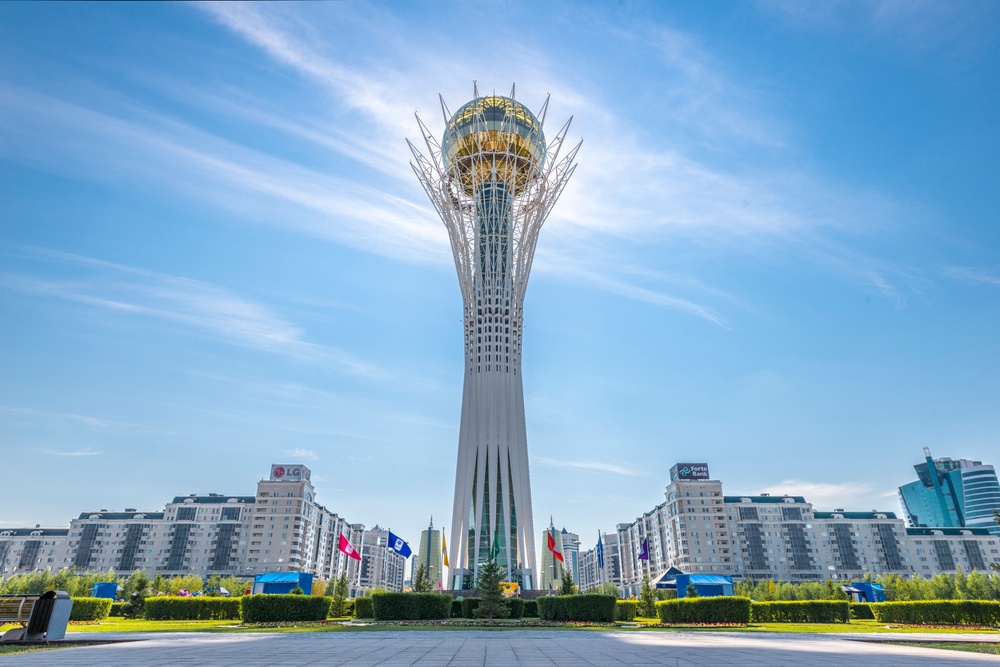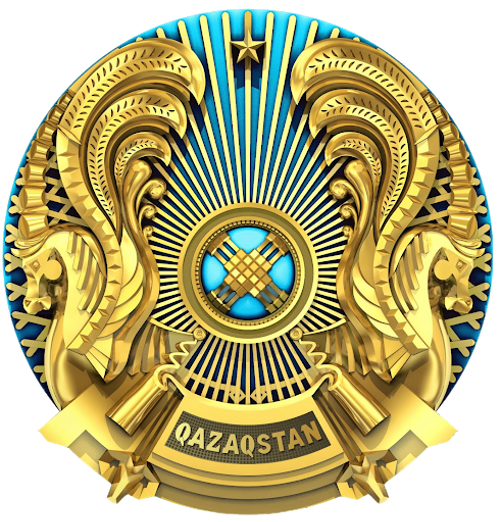Kazakhstan is celebrating 30 years of independence

On 16 December 1991 Kazakhstan declared independence from the USSR. Since then, our country has developed in many ways.
Kazakhstan is a proud descendant of the outstanding nomadic civilisation of the Great Steppe, represented by numerous nomadic state entities, including the Sakas (Asian Scythians), the Huns, the Turkic Khaganate, the Golden Horde and the Kazakh Khanate, which was established in 1465. After being part of the Tsarist empire and the Soviet Union for 260 years, Kazakhstan regained its independence on 16th December 1991 with Nursultan Nazarbayev elected as the country’s first President.
At the dawn of independence, Kazakhstan embarked on a series of reforms aimed at shifting the country’s economy from a centrally planned system to a modern free market model and changing its one-party government to a multi-party democratic system. Over the past 30 years, Kazakhstan has established diplomatic relations with 186 countries and transformed into one of the dynamically developing economies of Eurasia and a reputable diplomatic voice on the world stage.
Kazakhstan can truly boast a centuries-old history and multifaceted cultural heritage. Many objects which now form an essential part of modern life and culture originated in Kazakhstan. These include:
- Culture of horsemanship. The domestication of horses first took place in the territory of modern Kazakhstan, as did the culture of horsemanship. The ancestors of Kazakhs were the first to create protective armour for the horse and the rider from armour plates.
- Golden Man: In 1969, ‘Kazakhstan’s Tutankhamun’ was discovered near the town Issyk. The skilful craftsmanship of the golden warrior garment revealed a rich mythology, reflecting power and aesthetics of the Steppe civilisation.
- The Silk Road: The unique location of Kazakhstan, in the heart of Eurasia, has contributed to the emergence of transit ‘corridors’ between various regions and civilisations since ancient times. These routes were transformed into the Silk Road system - a transcontinental network of trade and cultural ties between East and West, North and South of Greater Eurasia.
- Apples and tulips: The foothills of the Tien Shan mountain range are the historic homeland of apples and tulips. The world’s original apple tree – the Sievers apple tree – also originates from Kazakhstan. Around the world, there are now more than 3,000 varieties of cultivated tulips, most of which are descendants of ancient Kazakh local flowers.
This short photo exhibition brings to the world a few of the highlights.
About the Embassy
The Embassy of the Republic of Kazakhstan in the Kingdom of Sweden and in the Kingdom of Denmark was opened on March 8, 2014 by direct decree of the President of the Republic of Kazakhstan with a view to strengthening diplomatic relations. The site is introduced to keep the wide public informed on activity of the diplomatic mission in Sweden, and to provide information support for the citizens of Kazakhstan who live in Sweden and foreigners who are going to visit Kazakhstan as tourists or businessmen.
Contacts

Aibek Yessey
- a.esei@mfa.kz
- +46 76-298 53 99
- +46 (0) 8 700 51 41